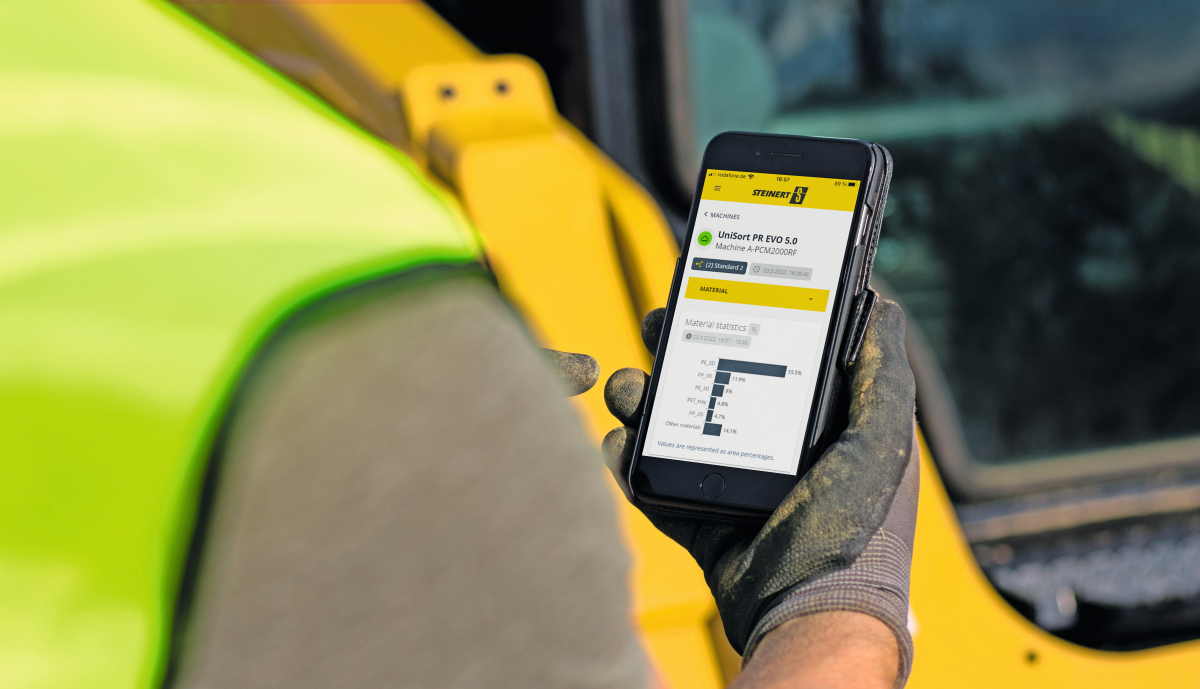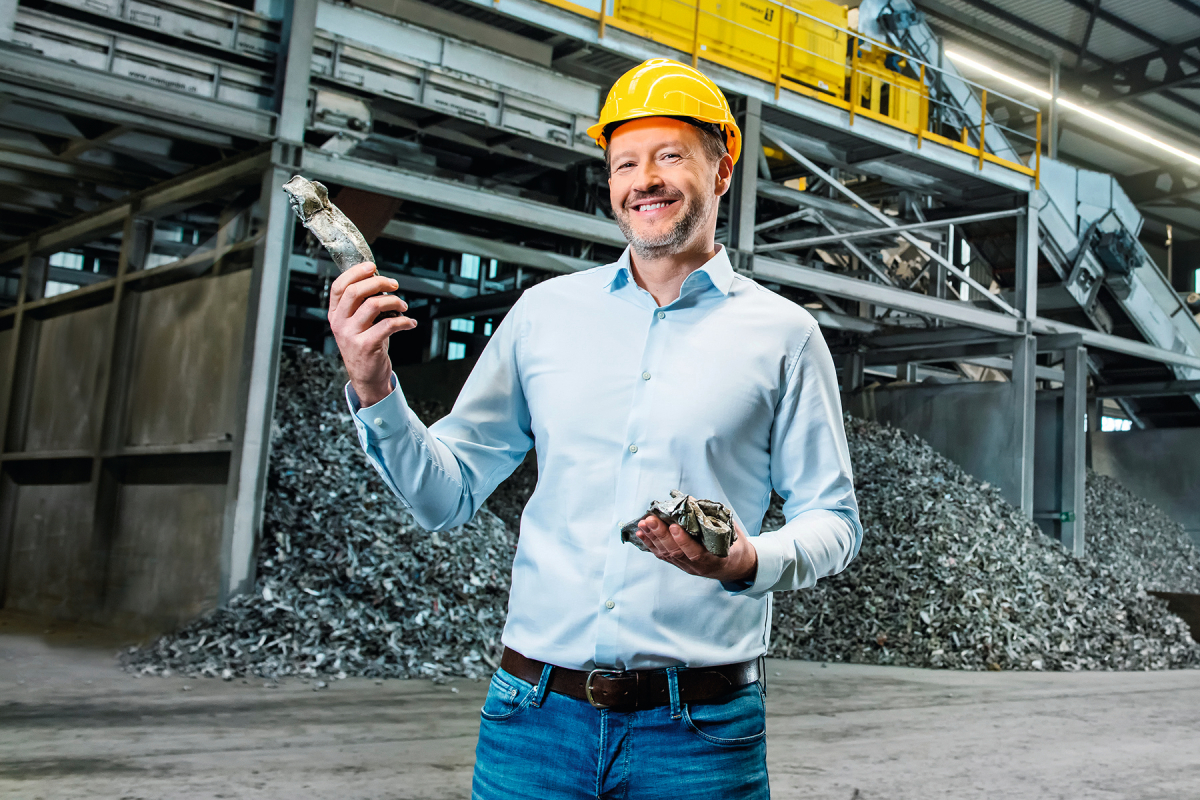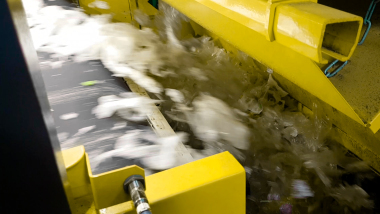New evolutionary phase for the STEINERT KSS recycling flagship
20.02.2025STEINERT is starting to gradually update its KSS sorting systems to the EVO 6.0 generation with state-of-the-art features for detection and maintenance.
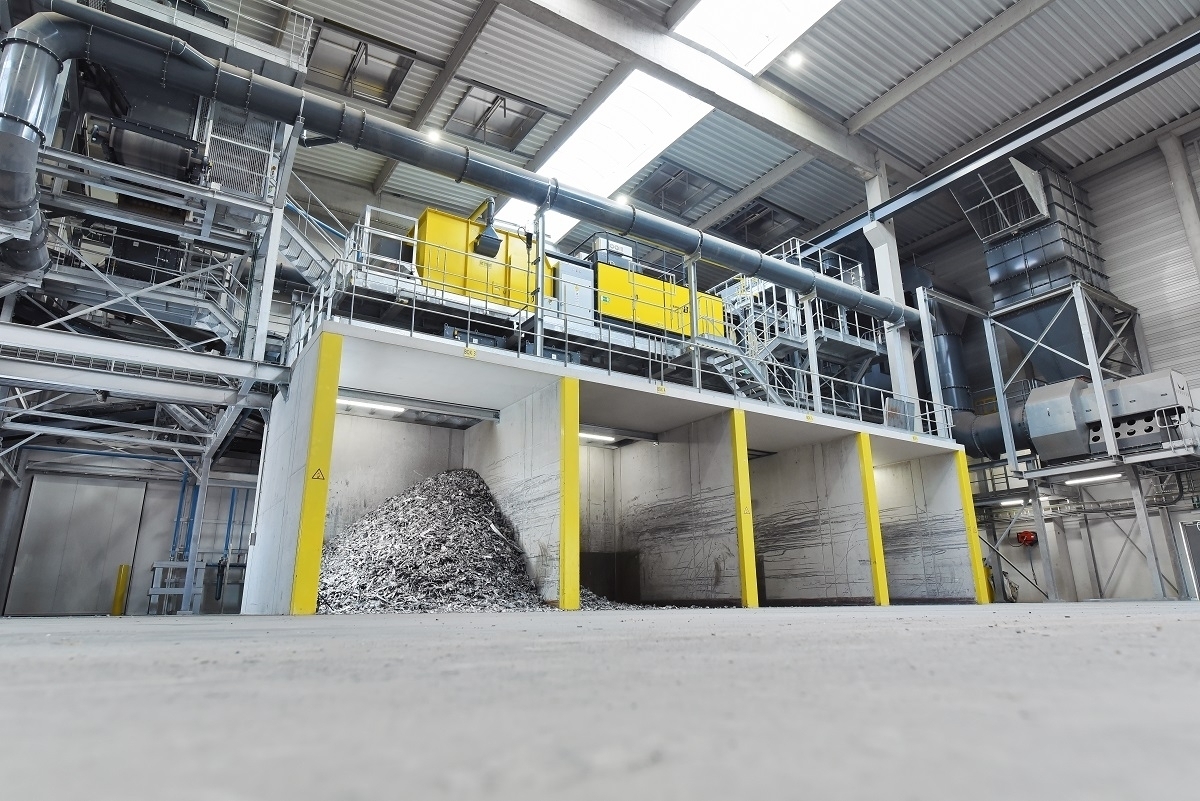 The new “EVO 6.0” generation for the STEINERT KSS sorting system sees STEINERT adding a host of new features to its tried-and-tested, high-performance sensors
The new “EVO 6.0” generation for the STEINERT KSS sorting system sees STEINERT adding a host of new features to its tried-and-tested, high-performance sensors
© STEINERT
The STEINERT KSS multi-sensor sorting system has been in use around the globe for a number of years. STEINERT now presents the new EVO 6.0 generation, having taken into consideration the findings gained from millions of operating hours. Two models are included in the first update, which is being gradually extended to the entire product range. Numerous new features are being added for even more durable and convenient operation. In the future, proven AI-based sorting programs will continue to achieve the best quality on the market when processing secondary raw materials.
How do you improve a sorting system that numerous customers already consider the best multi-sensor solution on the market? Put briefly: all the good elements are being retained and the other areas are being optimised. The consistent high quality, reliability and durability of the STEINERT KSS product range are established across the market. The outstanding sensors have been defined as cornerstones and the design update builds on them, guaranteeing a very stable sorting performance.
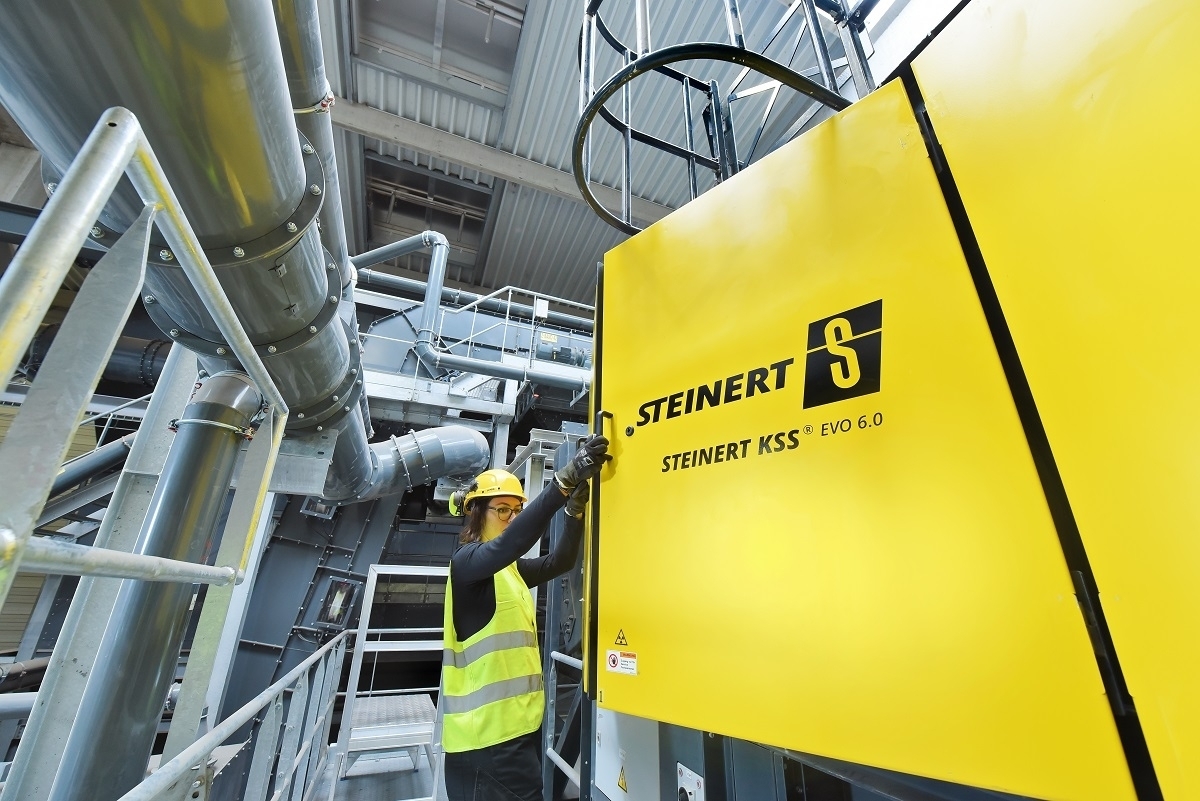 Railings, ladders and swivel doors are now a permanent feature of the machine design and vastly improve handling
Railings, ladders and swivel doors are now a permanent feature of the machine design and vastly improve handling
© STEINERT
Easier to maintain, drastic time savings and improved safety
Regular maintenance keeps performance at the highest levels and reduces wear. The EVO 6.0 generation significantly improves how the sorting system is handled. Better access to the system components speeds up maintenance work. For example, the pneumatic unit has been re-arranged and, rather than being located under the sorting system, it is now at the front end, making it easily accessible.
Users also stand to gain from a permanently integrated railing with ladders, allowing the 3D and colour sensors to be accessed quickly and safely without requiring climbing gear. External footrests are no longer needed for work in the discharge area. An integrated rolling platform permits quick and safe access to the nozzle bar and conveyor belt.
Swivel-mounted doors rather than removable hoods deliver further improvements to day-to-day handling and, alongside a number of further optimisations, round off the update.
 A rolling platform on the inside of the STEINERT KSS EVO 6.0 accommodates a number of new features to simplify handling and drastically reduce maintenance times
A rolling platform on the inside of the STEINERT KSS EVO 6.0 accommodates a number of new features to simplify handling and drastically reduce maintenance times
© STEINERT
Use of intelligent filtering and neural networks
The latest STEINERT KSS generation again taps into the artificial intelligence (AI) that has been used for years to assist with detection and classification. Dr Nico Schmalbein, Global Technical Director at STEINERT: “We use AI methods in a whole host of applications in sensor-based sorting technology. We have been doing this for a long while and are continuing to do so in the EVO 6.0 generation. While human application experts specifically define features for differentiation, AI handles evaluation and can produce a highly efficient neural network based on the data obtained. This hybrid approach (attribute AI) ensures not just maximum precision, but also a continual improvement in the accuracy of detection.”
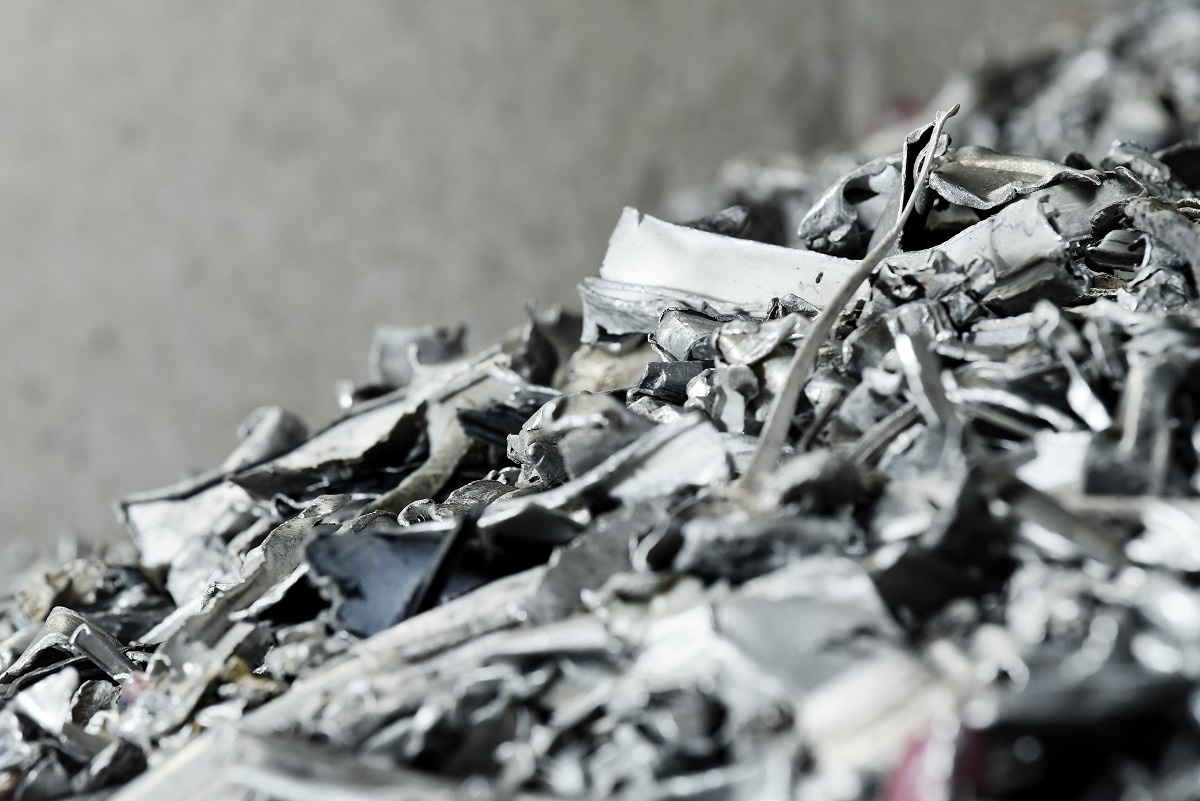 For consistently good sorting results and increasingly efficient sorting programs, STEINERT has deployed artificial and hybrid intelligence for years without charging the customer a penny more
For consistently good sorting results and increasingly efficient sorting programs, STEINERT has deployed artificial and hybrid intelligence for years without charging the customer a penny more
© STEINERT
Two models will be updated initially
Through the process of switching to the EVO 6.0 generation, STEINERT is creating a common architecture for its sensor sorters. The platforms of future sorting systems will be harmonised, resulting in handling synergies and enabling even more efficient use of STEINERT technologies for the long term.
The process will start with the STEINERT KSS | CLI EVO 6.0 with colour, inductive and 3D detection as well as the STEINERT KSS | XT CLI EVO 6.0 with additional X-ray transmission (XRT) technology. These models are available right now with the new features for no additional cost. They will soon be followed by the XRT variant with a special configuration for mining and the STEINERT KSS with X-ray fluorescence (XRF) technology.

